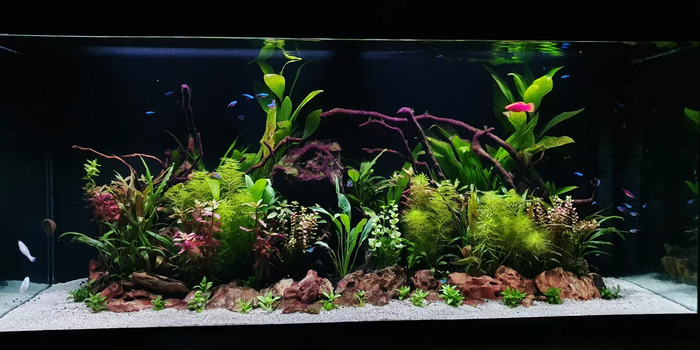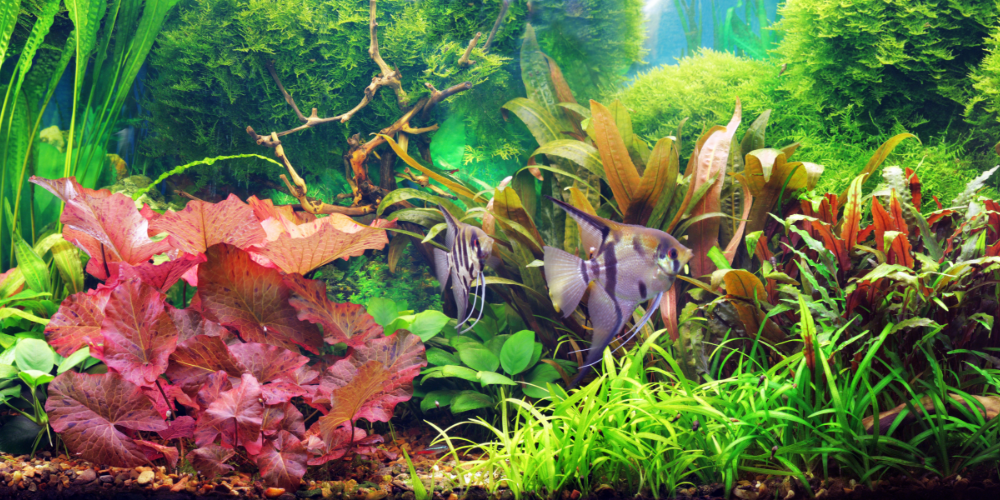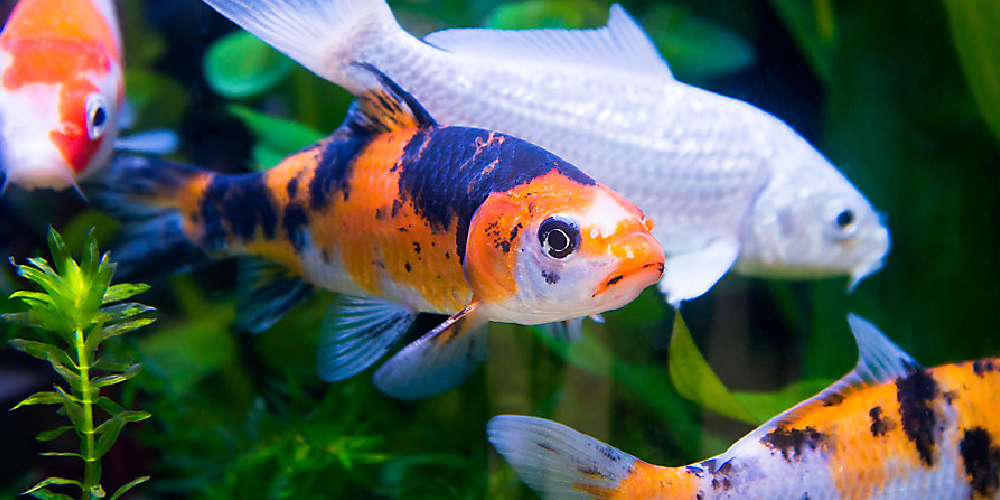
- 100% Live Arrival Guarantee & Free Shipping

Taking care of aquarium plants is a daunting task, especially when you lack information about or overlook certain factors. These include the nutrient requirement of the plant and their surrounding environmental conditions. As a result of improper care, many deficiencies can develop on these aquarium plants. Let us dissect these cases and how you can avoid them.
Any issues related with the growth rate of the aquatic plants is influenced by a lack of CO2, limited light or essential nutrients. For CO2, which is essential for the respiration and photosynthesis processes in the plant, an injector could be used. This CO2 fertilization enables plant to thrive and the level can be monitored via a drop checker. For most optimum results, around 30 mg of CO2 per liter of water is recommended.
For lighting, you can use an illumination system or simply an aquarium overhead lamp which provides around 5 watts per gallon of freshwater. It should also be ensured that the aquarium plants are not sheltered from light via poorly placed aquarium decoration. Lighting also influences the nutrient in-take of the plants so it is a crucial aspect of plant’s growth and development. Note, the water temperature of the tank should also be sufficiently warm otherwise growth will be stopped. Well working heaters can ensure heat is provided consistently.
Finally, aquatic plants require both macronutrients in large quantities like magnesium, nitrogen, phosphorus and potassium and micronutrients like traces of iron. These play into healthy develop of many plant structures and is important in many processes occur within these plants. Using a fertilizer or a minerals-rich substrate is suggested for meeting aquarium plants’ nutrient requirements. A compromise on any of these nutrients can lead to an array of deficiencies and problems for your aquarium plans.
A common issue that aquarists face when dealing with their first aquatic plants is the yellowing of the leaves. This condition generally develops due to poor light conditions or a lack of potassium or nitrogen provision. Exact location of the yellow traces on a plant can give you more information about the nutrient the plant is lacking in. Yellow traces on only the tips indicate an iron deficiency. However, if the yellow extends to the veins and the margins as well, then a zinc deficiency might be at play.
A lack of nutrients isn’t always the problem since sometimes an excess may be equally worrisome. Fish waste and an excess fertilizer or substrate at the base of the aquarium can produce unused nitrate, potassium and phosphate ions. Excess of any of these nutrients, especially phosphate will encourage the buildup of algae on the plant’s leaves, blackening them. It is best to replace at least a quarter of the volume of water when this happens. Replacing water on a regular basis to ensure good quality of it in the aquarium is also important for general hygiene of inhabitants and aquarium plants. The Crypt rot indicated by holes in the leaves of the plant, would occur if water is not replaced often.
Aquarium plants add to the beauty and life of the water tank due to their oxygen production and natural look. To ensure they can continue to thrive, light, CO2 and water conditions of the aquarium must be closely monitored. Most importantly, a nutrient-rich supply must always be available to avoid deficiencies while excess elements must be filtered out to avoid problems.


